Numerical Study On Local Entropy Generation In Compressible Flow Through A Suddenly Expanding Pipe
Abstract
:| Nomenclature | q" | heat flux per unit area | |
| A | area | heat transfer rate | |
| Be | Bejan number | exergy transfer rate | |
| Cµ | coefficient in k-ε turbulence model | r | radial distance |
| C1ε | coefficient in k-ε turbulence model | R | radius of pipe |
| C2ε | coefficient in k-ε turbulence model | ideal gas constant | |
| CFD | computational fluid dynamics | RNG | renormalization group |
| CP | specific heat at constant pressure | S | modulus of the mean rate-of-strain tensor |
| ER | expansion ratio | Sij | mean strain rate |
| Gk | the production of turbulent kinetic energy | SE | sudden expansion |
| h | heat transfer coefficient | volumetric entropy generation rate | |
| irreversibility rate | integrated entropy generation rate | ||
| k | turbulent kinetic energy | t | time |
| L | length of pipe | T | temperature |
| M | merit number | ψ | arbitrary field variable |
| P | pressure | ||
| u | velocity component in the axial direction | Superscript | |
| UC | uniform cross-section | * | normalized |
| UDF | user defined function | ||
| v | velocity component in the radial direction | Subscripts | |
| V | volume | 0 | base |
| x | axial distance | amb | ambient |
| awa | area-weighted average | ||
| Greek symbols | eff | effective | |
| α | inverse effective Prandtl number | fric | friction |
| β | model constant | heat | heat transfer |
| χ | additional term in the ε equation | i | part no |
| ε | turbulent energy dissipation rate | i,j | indices of tensor notation |
| φ | arbitrary variable | in | inlet |
| η0 | model constant | j | cell number |
| ϕ′′ | mass flux per unit area | max | maximum |
| Φ | viscous dissipation | op | operation condition |
| λ | thermal conductivity | t | turbulent |
| µ | dynamic viscosity | T | throat |
| ρ | density | w | wall |
Introduction
Mathematical Model
Pipe geometry
Mathematical model
- -
- The air is assumed to behave as an ideal gas.
- -
- The thermo-physical properties of air vary with temperature.
- -
- The flow is steady, two-dimensional axisymmetric, turbulent and compressible.
- -
- The thickness of the pipe is neglected.
- -
- The gravity effect is negligible.
- -
- No-slip condition is assumed at the pipe wall.
The governing conservation equations
Entropy generation rate
Computational Procedure
Calculational Tools
Simulation Values
Numerical Results
Temperature and Velocity Distributions in the Uniform Section
The Local Entropy Generation in the Uniform Section
Conclusions
- In the case of Tin=400 K, φmax=5 kg/m2-s and hamb=20 W/m2-K, the heat transfer from the pipe wall to the environment increases from 216 to 238 W as the throat radius contracts from 0.05 to 0.01 m.
- As the throat radius contracts from 0.03 to 0.01m, the high velocity gradient region expands up to a certain distance, in the range of x=0.1 to 0.3 m, at the axial direction and the both axial and radial velocities remain quasi-constant along the pipe length after these distances.
- The contraction of the radius of the throat (from 0.05 to 0.01 m) increases significantly the maximum value of the volumetric entropy generation rate, (about 60%).
- The contraction in the throat cross-section raises exponentially 11 times the total entropy generation rate with respect to the its base value. Furthermore, it rises quasilinearly from 1.07 to 6.8 and from 11 to 28.8 with the increases of the inlet temperature and the ambient heat transfer coefficient, respectively.
- The normalized merit number decreases 73% and 40% with the contraction of the cross-section and with the increase of the ambient heat transfer coefficient (from 20 to 100 W/m2-K), respectively, whereas it rises 226% and 43% with the decrease of the maximum mass flux (from 5 to 1 kg/m2-s) and with the increase of the inlet temperature (from 400 to 1000 K), respectively. Consequently, the useful energy transfer rate to irreversibility rate improves as the mass flux decreases and as the inlet temperature increases.
References
- Macagno, E. O.; Hung, T. K. Computation and experimental study of a captive annular eddy. J. Fluid Mech. 1967, 28, 43–64. [Google Scholar] [CrossRef]
- Fletcher, D.; Maskel, S.; Patrick, M. Heat and mass transfer computations for laminar flow in an axisymmetric sudden expansion. Computers Fluids 1985, 13, 207. [Google Scholar] [CrossRef]
- Khezzar, L.; Whitelaw, J. H.; Yianneskis, M. An experimental study of round sudden expansion flows. Proc. 5th Symposium on turbulent Shear Flows 1985, Cornell University. 5–25. [Google Scholar]
- Stieglmeier, M.; Tropea, C.; Weiser, N.; Nitsche, W. Experimental investigation of the flow through axisymmetric expansions. J. Fluids Eng. 1989, 111, 464–471. [Google Scholar] [CrossRef]
- Oliveira, P.J.; Pinho, F.T.; Schulte, A. A general correlation for the local loss coefficient in newtonian axisymmetric sudden expansions. International Journal of Heat and Fluid Flow 1998, 19, 655–660. [Google Scholar] [CrossRef]
- Boughamoura, A.; Belmabrouk, H.; Nasrallah, S. B. Numerical study of a pistondriven laminar flow and heat transfer in a pipe with a sudden expansion. International Journal of Thermal Sciences 2003, 42, 591–604. [Google Scholar] [CrossRef]
- Neofytou, P.; Drikakis, D. Non-newtonian flow instability in a channel with a sudden expansion. J. Non-Newtonian Fluid Mech. 2003, 111, 127–150. [Google Scholar] [CrossRef]
- Poole, R.J.; Escudier, M.P. Turbulent Flow of Viscoelastic Liquids through an Axisymmetric Sudden Expansion. J. Non-Newtonian Fluid Mech. 2004, 117, 25–46. [Google Scholar] [CrossRef]
- Mukherjee, P.; Biswas, G.; Nag, P.K. Second-law analysis of heat transfer in swirling flow through a cylindrical duct. ASME Journal of Heat Transfer 1987, 109, 308–313. [Google Scholar] [CrossRef]
- Bejan, A. Entropy Generation Minimization; CRC Press: New York, 1996. [Google Scholar]
- Bejan, A. Entropy minimization: the new thermodynamics of finite-size devices and finite-time processes. J. Appl. Phys. 1996, 79, 1191–1218. [Google Scholar] [CrossRef]
- Sahin, A. Z. Second law analysis of laminar viscous flow through a duct subjected to constant wall temperature. ASME Journal of Heat Transfer 1998, 120, 76–83. [Google Scholar] [CrossRef]
- Sahin, A. Z. A second law comparison for optimum shape of duct subjected to constant wall temperature and laminar flow. Heat Mass Transfer 1998, 33, 425–430. [Google Scholar]
- Sahin, A. Z. Irreversibilities in various duct geometries with constant wall heat flux and laminar flow. Energy 1998, 23(6), 465–473. [Google Scholar] [CrossRef]
- Sahin, A. Z. Effect of variable viscosity on the entropy generation and pumping power in a laminar fluid flow through a duct subjected to constant heat flux. Heat Mass Transfer 1999, 35, 499–506. [Google Scholar]
- Sahin, A. Z. Entropy generation in turbulent liquid flow through a smooth duct subjected to constant wall temperature. Int. Journal of Heat and Mass Transfer 2000, 43, 1469–1478. [Google Scholar] [CrossRef]
- Sahin, A. Z. Entropy generation and pumping power in a turbulent fluid flow through a smooth pipe subjected to constant heat flux. Exergy, An International Journal 2002, 2, 314–321. [Google Scholar] [CrossRef]
- Shuja, S.Z.; Yilbas, B.S.; Budair, M.O.; Hussaini, I.S. Entropy analysis of a flow past a heat-generated bluff body. Int. J. Energy Research 1999, 23, 1133–1142. [Google Scholar] [CrossRef]
- Shuja, S.Z.; Yilbas, B.S.; Iqbal, M.O.; Budair, M.O. Flow through a protruding bluff body–heat and irreversibility analysis. Exergy An International Journal 2001, 1(3), 209–215. [Google Scholar] [CrossRef]
- Yilbas, B.S.; Shuja, S.Z.; Budair, M.O. Second law analysis of a swirling flow in a circular duct with restriction. Int. Journal of Heat and Mass Transfer 1999, 42, 4027–4041. [Google Scholar] [CrossRef]
- Yilbas, B.S.; Yurusoy, M.; Pakdemirli, M. Entropy analysis for Non-Newtonian fluid flow in annular pipe:Constant viscosity case. Entropy 2004, 6, 304–315. [Google Scholar] [CrossRef]
- Demirel, Y.; Kahraman, R. Entropy generation in a rectangular packed duct with wall heat flux. Int. Journal of Heat and Mass Transfer 1999, 42, 2337–2344. [Google Scholar] [CrossRef]
- Hyder, S.J.; Yilbas, B.S. Entropy analysis of conjugate heating in a pipe flow. Int. J. Energy Research 2002, 26, 253–262. [Google Scholar] [CrossRef]
- Abbassi, H.; Magherbi, M.; Brahim, A.B. Entropy generation in Poiseuille–Benard channel flow. International Journal of Thermal Sciences 2003, 42, 1081–1088. [Google Scholar] [CrossRef]
- Mahmud, S.; Fraser, R.A. Thermodynamic analysis of flow and heat transfer inside channel with two parallel plates. Exergy An International Journal 2002, 2, 140–146. [Google Scholar] [CrossRef]
- Mahmud, S.; Fraser, R.A. The second law analysis in fundamental convective heat transfer problems. International Journal of Thermal Sciences 2003, 42, 177–186. [Google Scholar] [CrossRef]
- Shuja, S.Z.; Yilbas, B.S.; Budair, M.O. Local entropy generation in an impinging jet: minimum entropy concept evaluating various turbulence models. Computer Methods in Applied Mechanics and Engineering 2001, 190, 3623–3644. [Google Scholar] [CrossRef]
- Shuja, S.Z.; Yilbas, B.S. A laminar swirling jet impingement on to an adiabatic wall Effect of inlet velocity profiles. International Journal of Numerical Methods for Heat & Fluid Flow 2001, 11, 237–254. [Google Scholar]
- Shuja, S.Z.; Yilbas, B.S.; Budair, M.O. Investigation into a confined laminar swirling jet and entropy production. Int. J. Numerical Methods for Heat & Fluid Flow 2002, 12, 870–887. [Google Scholar]
- Shuja, S.Z.; Yilbas, B.S.; Rashid, M. Confined swirling jet impingement onto an adiabatic wall. International Journal of Heat and Mass Transfer 2003, 46, 2947–2955. [Google Scholar] [CrossRef]
- Al-Zaharnah, I.T.; Yilbas, B.S. Thermal analysis in pipe flow:Influence of variable viscosity on entropy generation. Entropy 2004, 6, 344–363. [Google Scholar] [CrossRef]
- Abu-Hijleh, B.A/K.; Abu-Qudais, M.; Abu Nada, E. Numerical prediction of entropy generation due to natural convection from a horizontal cylinder. Energy 1999, 24(4), 327–333. [Google Scholar] [CrossRef]
- Haddad, O. M.; Alkam, M. K.; Khasawneh, M. T. Entropy generation due to laminar forced convection in the entrance region of a concentric annulus. Energy 2004, 29(1), 35–55. [Google Scholar] [CrossRef]
- Yapıcı, H.; Kayataş, N.; Albayrak, B.; Baştürk, G. Numerical calculation of local entropy generation in a methane-air burner. Energy Conversion and Management. in press.
- Yapıcı, H.; Baştürk, G.; Kayataş, N.; Yalçın, Ş. Numerical study on transient local entropy generation in pulsating turbulent flow through an externally heated pipe. SADHANA. (submitted).
- Yapıcı, H.; Kayataş, N.; Baştürk, G.; Kahraman, N. Study on transient local entropy generation in pulsating fully developed laminar flow through an externally heated pipe. Heat and Mass Transfer. (submitted).
- Fluent Incorporated. FLUENT User’s guide version 6.1. 2003. [Google Scholar]
- Yakhot, V.; Orszag, S.A. Renormalization Group Analysis of Turbulence: I. Basic Theory. Journal of Scientific Computing 1986, 1(1), 1–51. [Google Scholar] [CrossRef]
- Choudhury, D. Introduction to the Renormalization Group Method and Turbulence Modeling. Fluent Inc. Technical Memorandum 1993, TM-107. [Google Scholar]
- Kadoya, K.; Matsunaga, N.; Nagashima, A. Viscosity and thermal conductivity of dry air in the gaseous phase. J. Phys. Chem. Ref. Data 1985, 14(4), 947–970. [Google Scholar] [CrossRef]
- Jacobsen, R.T.; Penoncello, S.G.; Breyerlein, S.W.; Clark, W.P.; Lemmon, E.W.A. Thermodynamic property formulation for air. Fluid Phase Equilibria 1992, 79, 113–124. [Google Scholar] [CrossRef]
- Lemmon, E.W.; Jacobsen, R.T.; Penoncello, S.G.; Friend, D.G. Thermodynamic properties of air and mixtures of nitrogen, argon, and oxygen from 60 to 2000 K at pressures to 2000 MPa. J. Phys. Chem. Ref. Data 2000, 29(3), 331–385. [Google Scholar] [CrossRef] [Green Version]
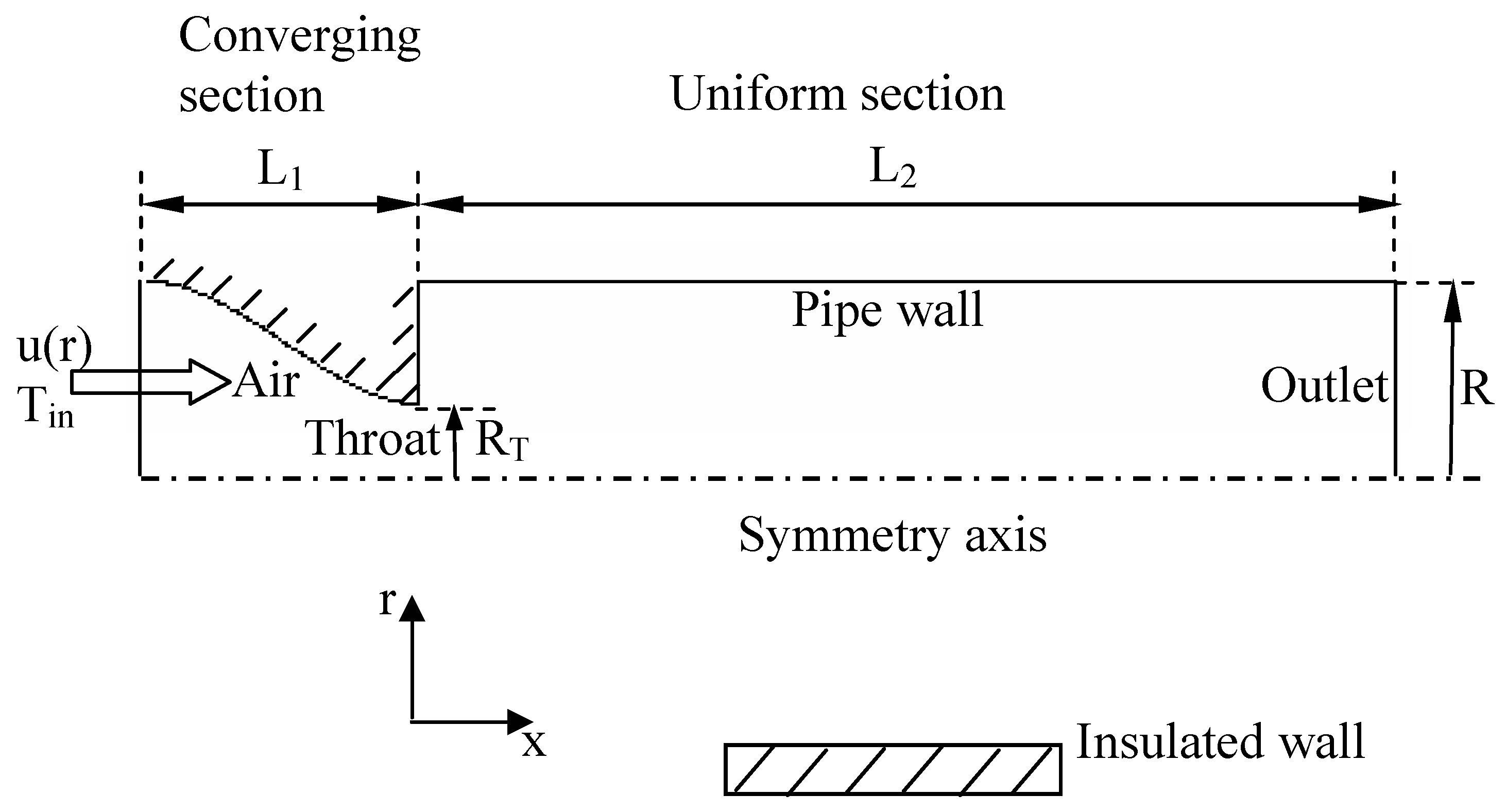
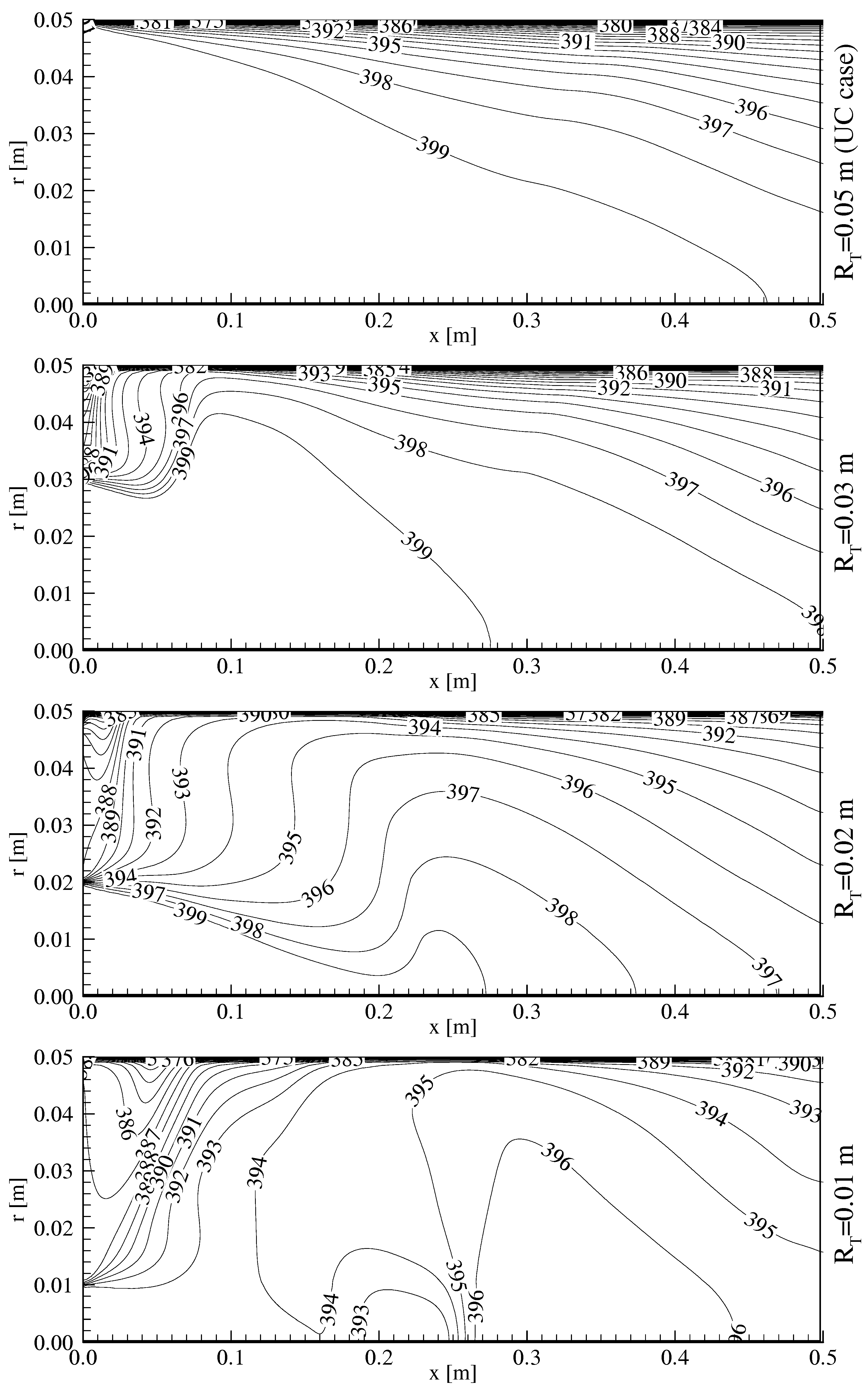
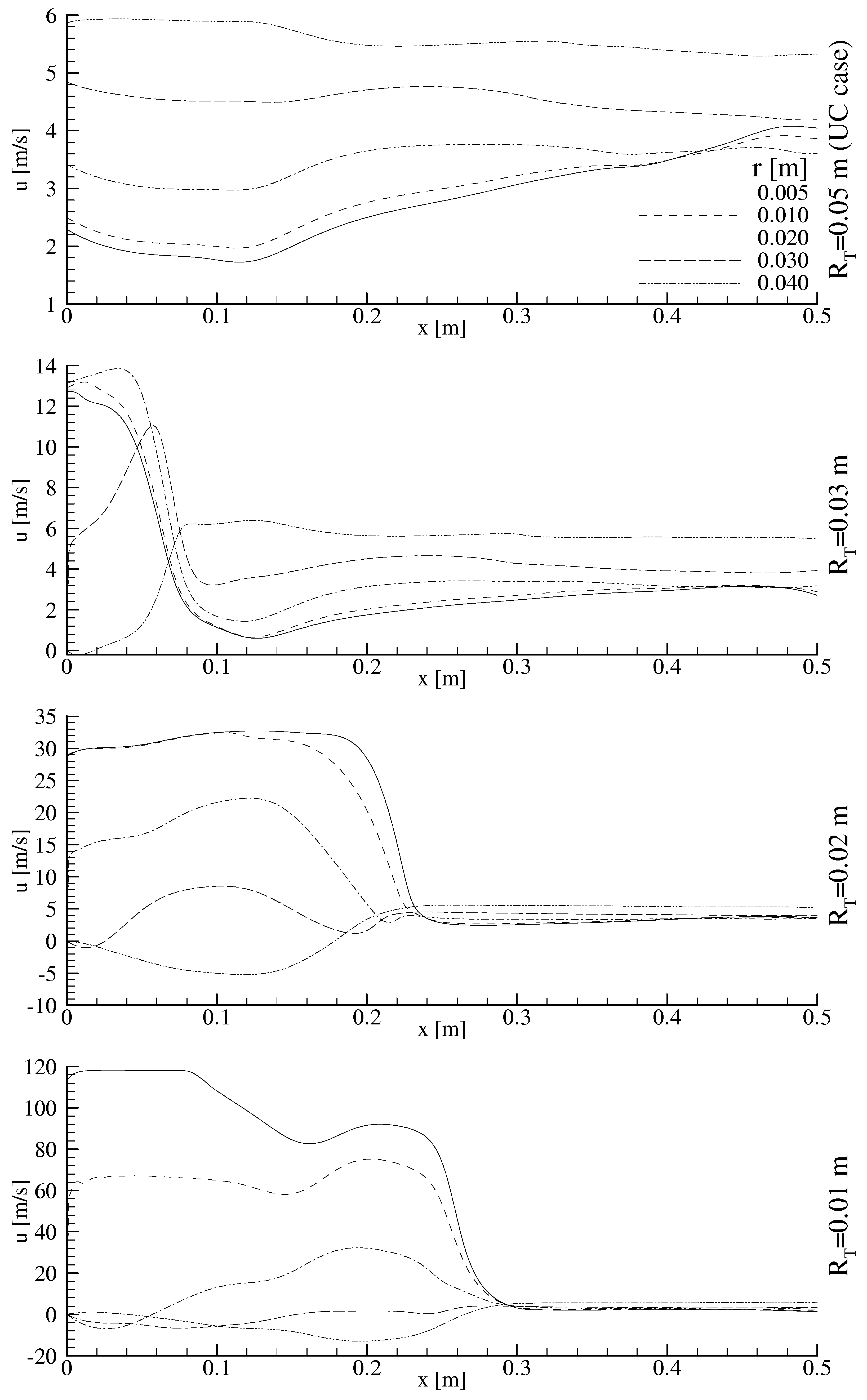
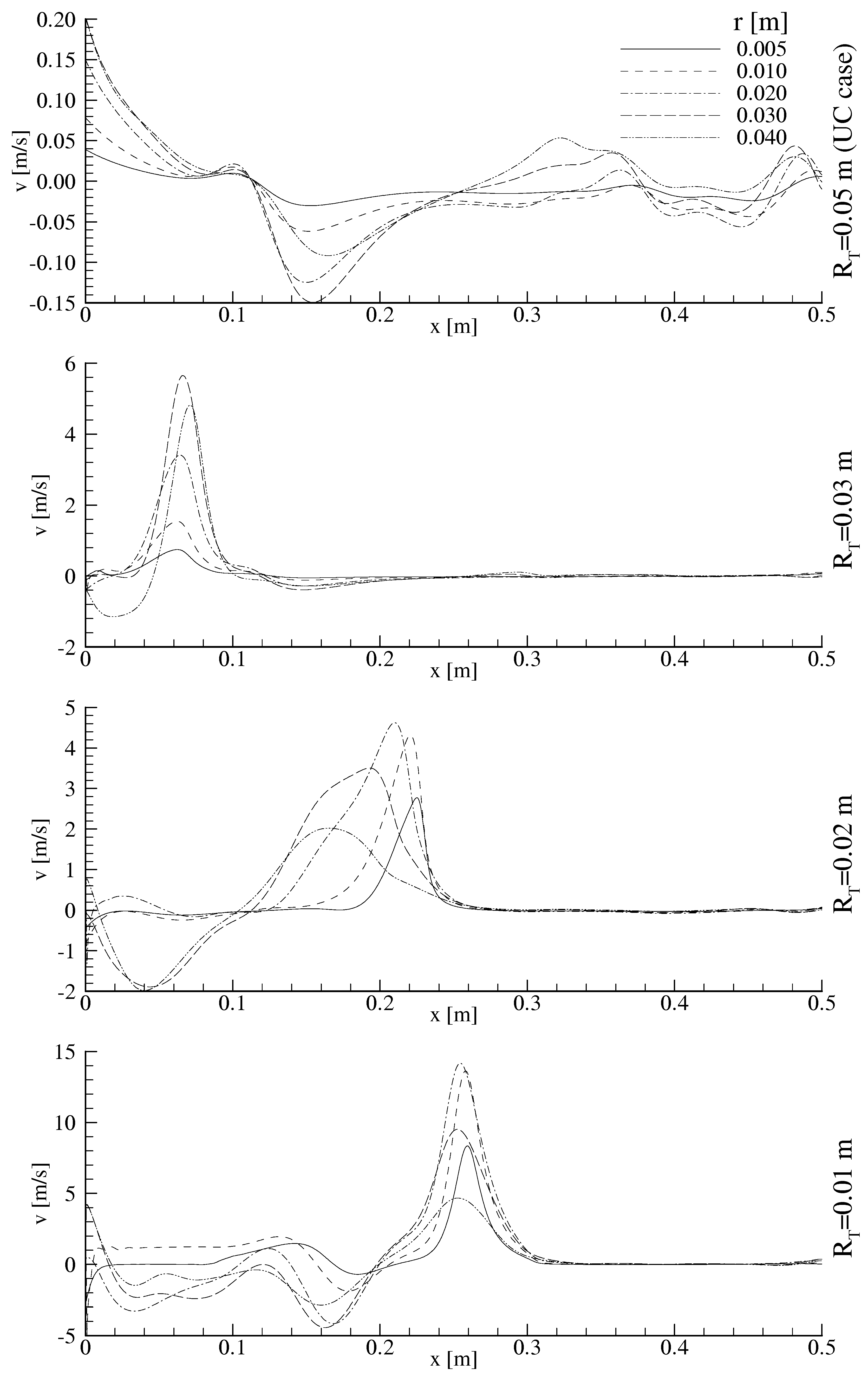
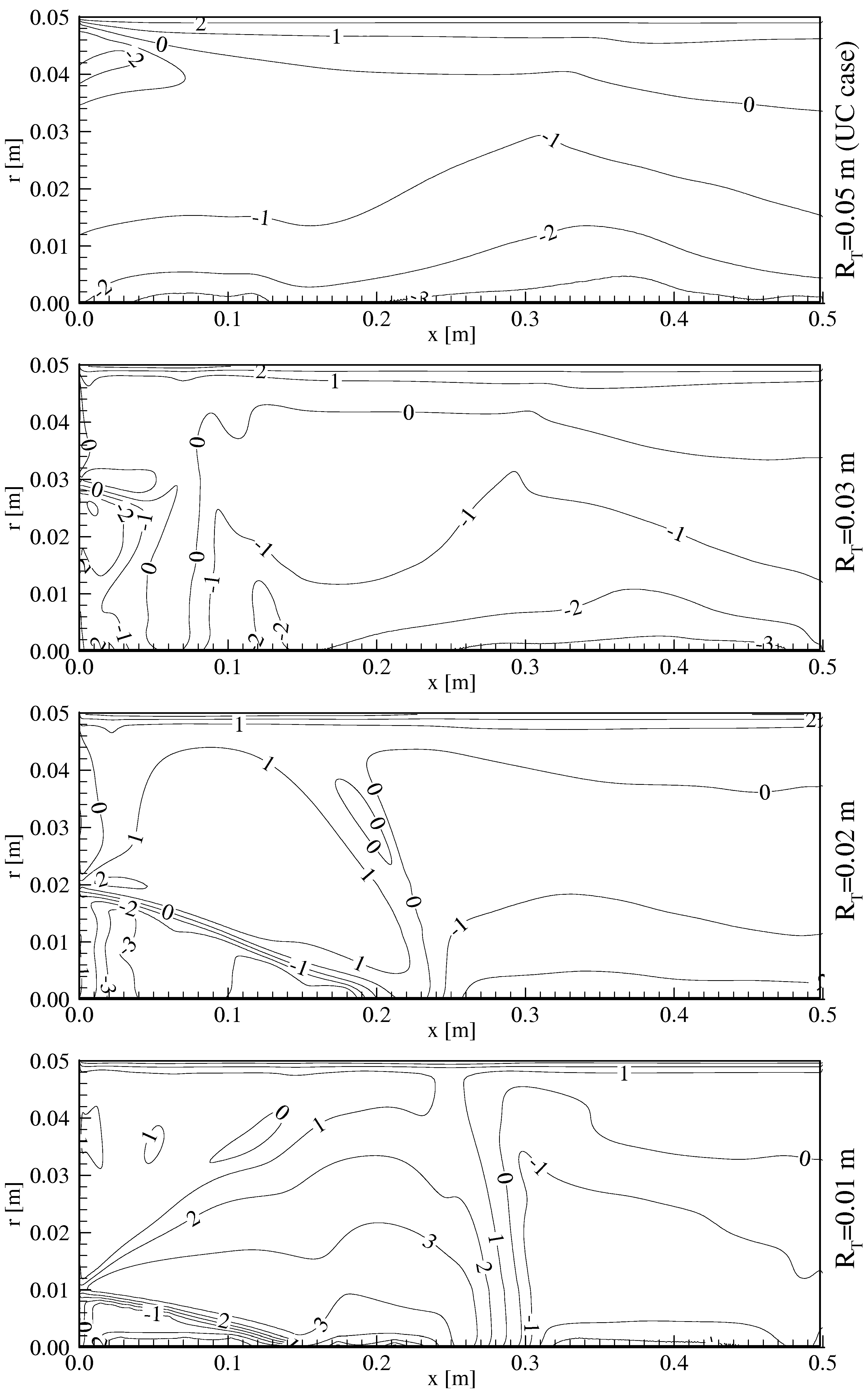
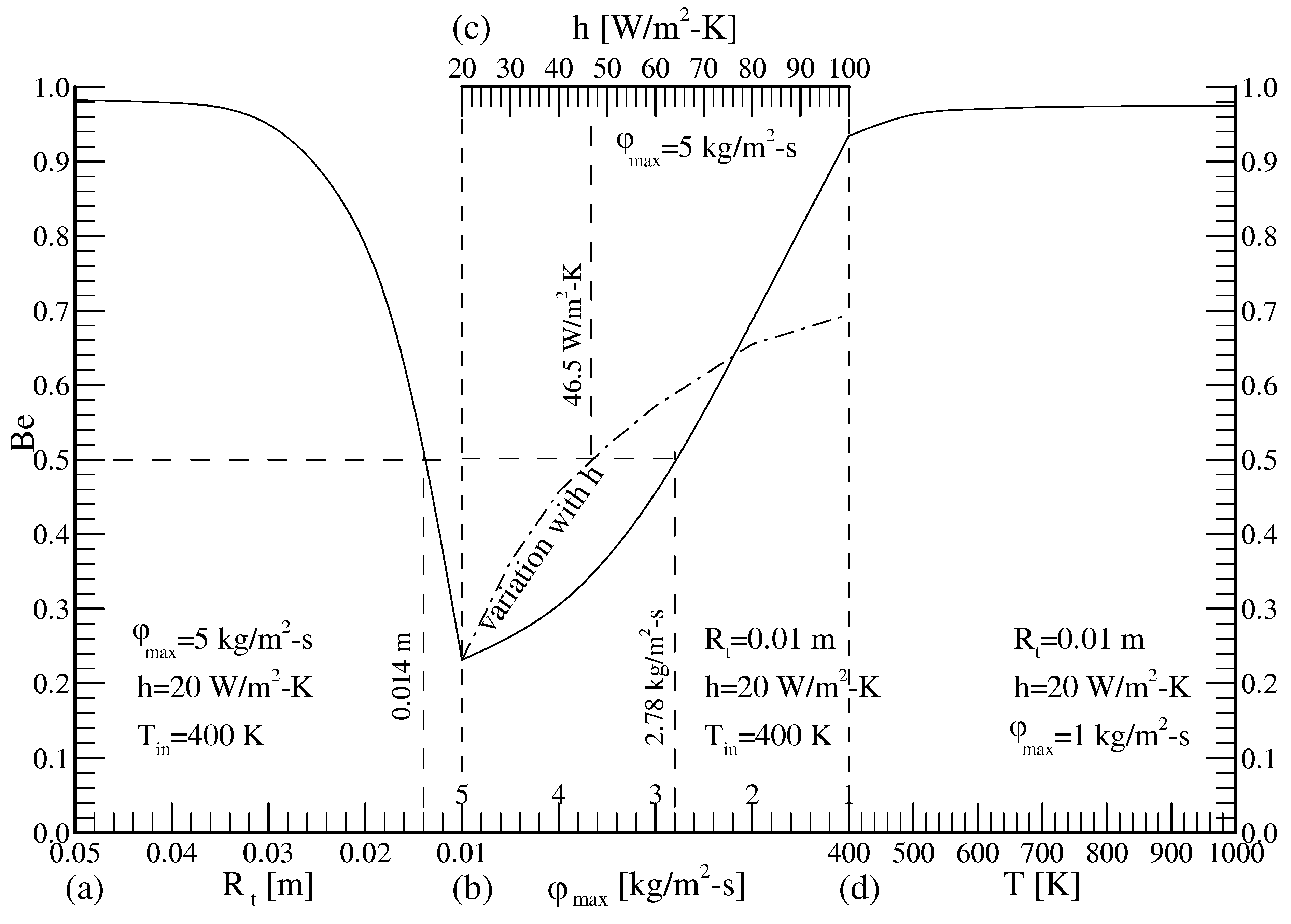
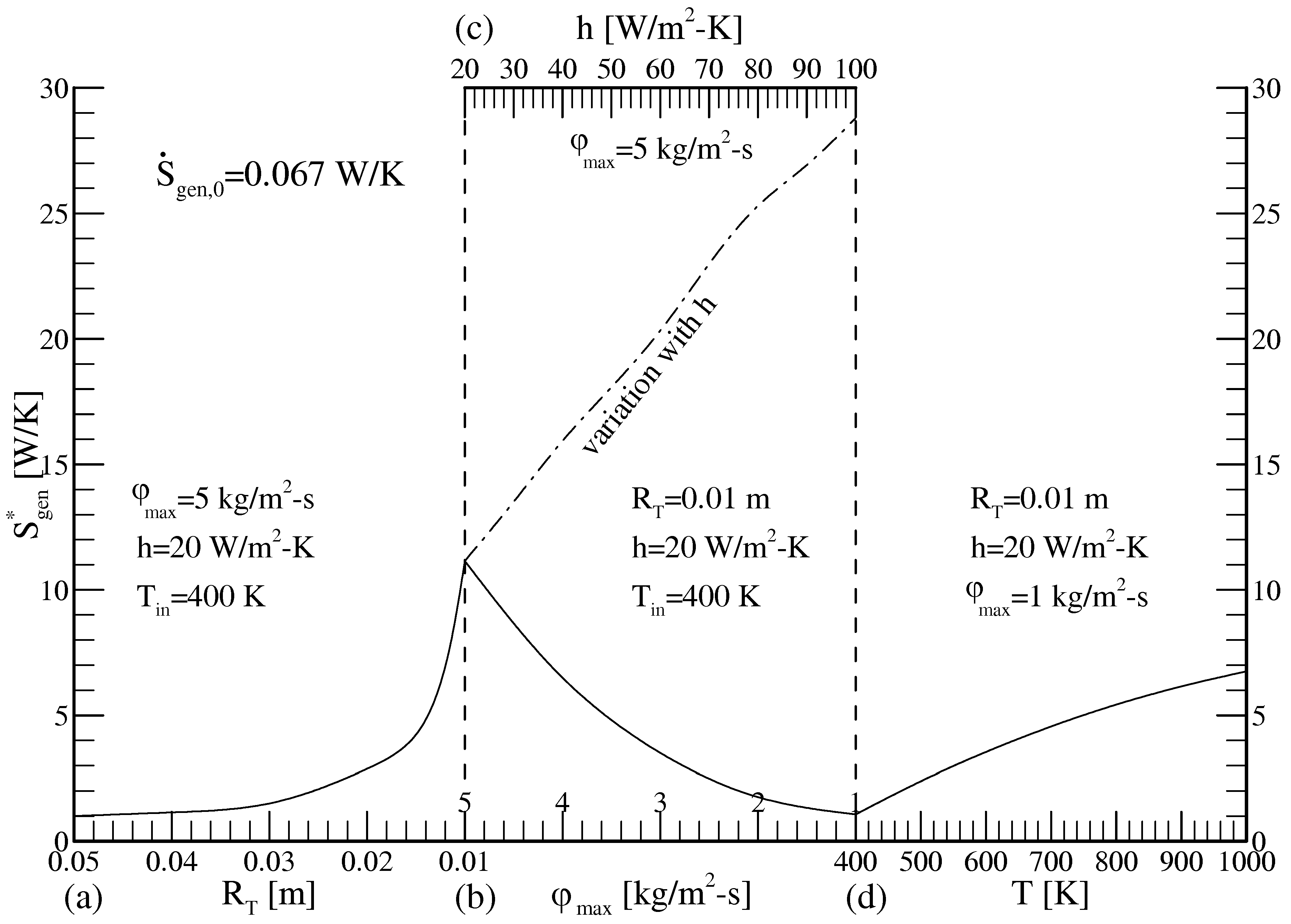
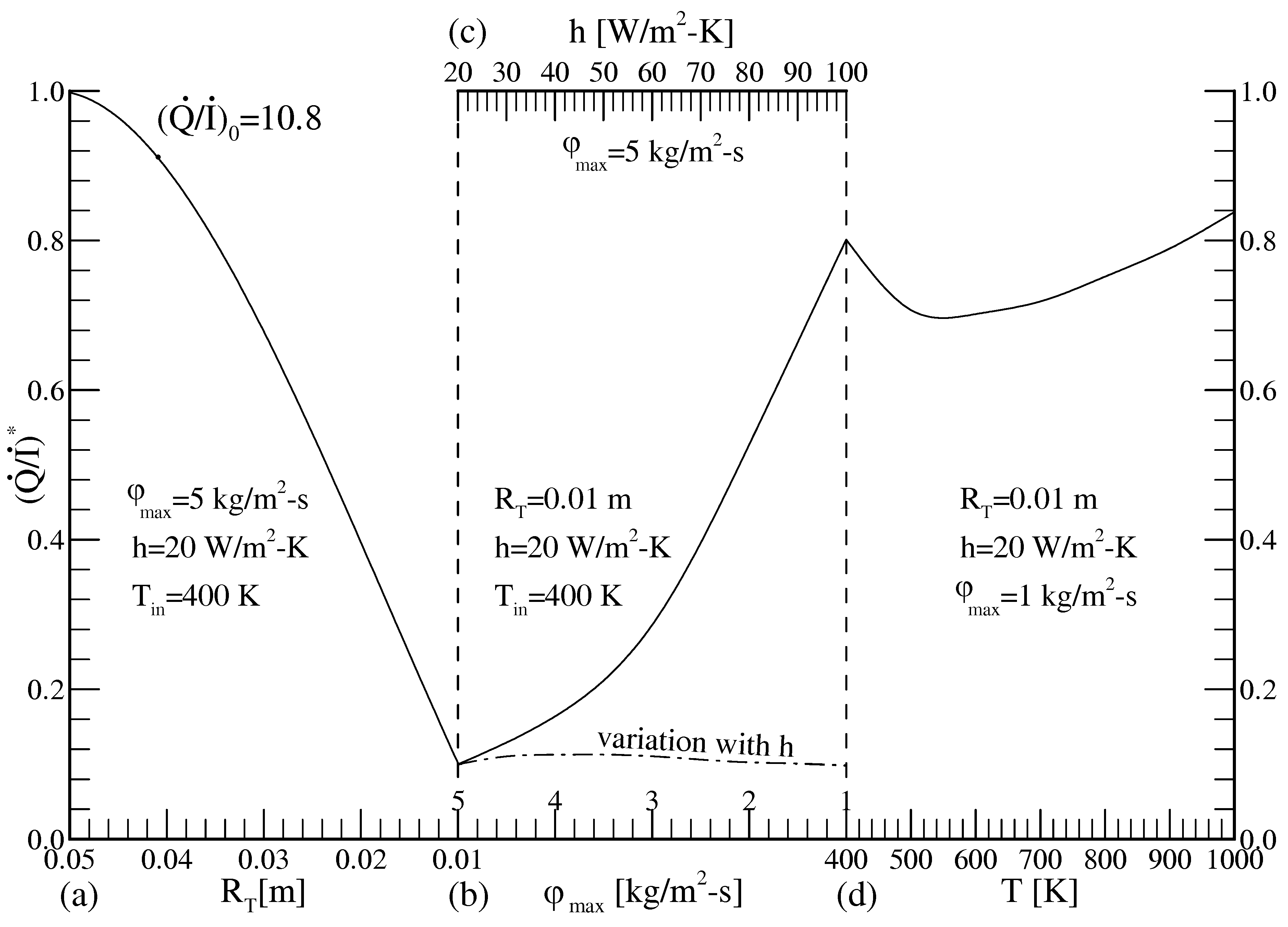
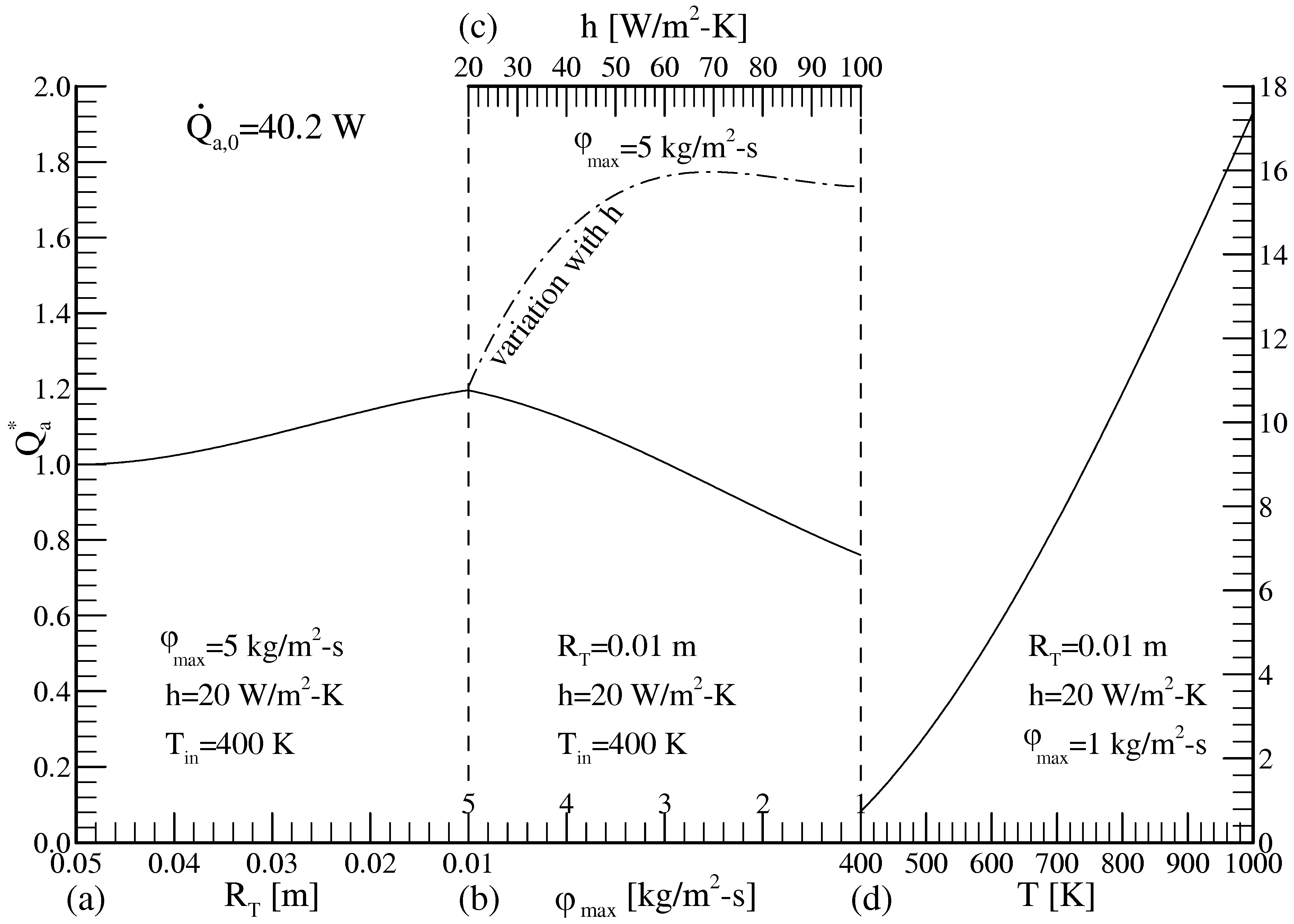
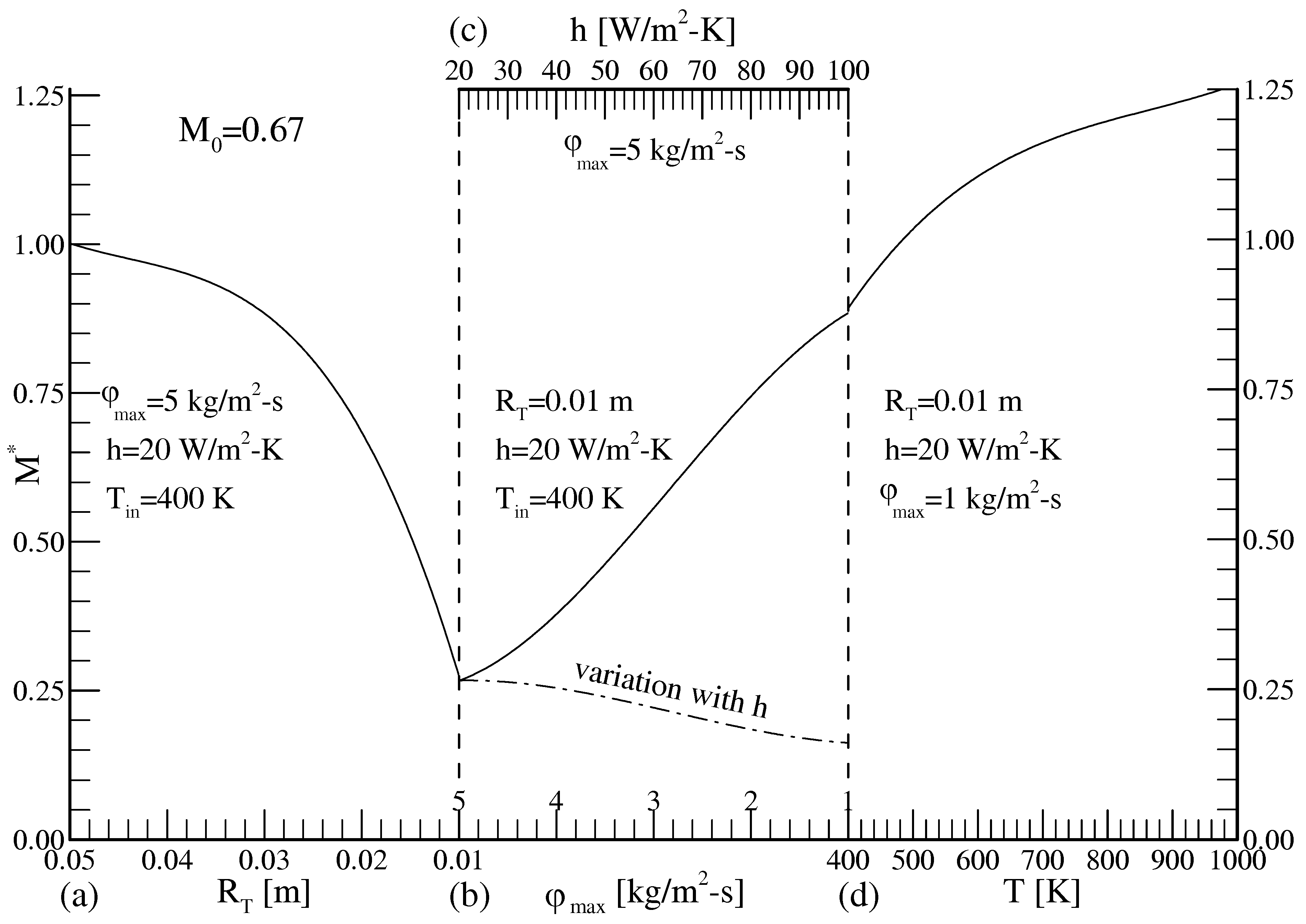
© 2005 by MDPI (http://www.mdpi.org). Reproduction for noncommercial purposes permitted.
Share and Cite
Yapici, H.; Kayatas, N.; Kahraman, N.; Bastürk, G. Numerical Study On Local Entropy Generation In Compressible Flow Through A Suddenly Expanding Pipe. Entropy 2005, 7, 38-67. https://doi.org/10.3390/e7010038
Yapici H, Kayatas N, Kahraman N, Bastürk G. Numerical Study On Local Entropy Generation In Compressible Flow Through A Suddenly Expanding Pipe. Entropy. 2005; 7(1):38-67. https://doi.org/10.3390/e7010038
Chicago/Turabian StyleYapici, Hüseyin, Nesrin Kayatas, Nafiz Kahraman, and Gamze Bastürk. 2005. "Numerical Study On Local Entropy Generation In Compressible Flow Through A Suddenly Expanding Pipe" Entropy 7, no. 1: 38-67. https://doi.org/10.3390/e7010038



